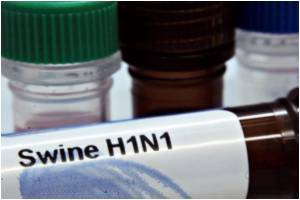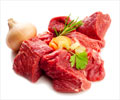Researchers have revealed how the swine flu virus resists anti-flu drugs like Relenza and Tamiflu.

Their results provide new insight that could lead to the development of the next generation of antiviral treatments for flu.
H1N1-2009 is a new, highly adaptive virus derived from different gene segments of swine, avian, and human influenza.
Within a few months of its appearance in early 2009, the H1N1-2009 strain caused the first flu pandemic of the 21st-century.
The antiviral drugs Relenza and Tamiflu, which target the neuraminidase (NA) enzyme, successfully treated the infection but widespread use of these drugs has led to a series of mutations in NA that reduce the drugs' effectiveness.
Clinical studies indicate that the double mutant of swine flu NA known as IRHY2 reduced the effectiveness of Relenza by 21 times and Tamiflu by 12,374 times - that is, to the point where it has become an ineffective treatment.
"Our simulations showed that IRHY became resistant to Tamiflu due to the loss of key hydrogen bonds between the drug and residues in a part of the NA's structure known as the '150-loop'," Professor Mulholland said.
These findings suggest that drug resistance could be overcome by increasing hydrogen bond interactions between NA inhibitors and residues in the 150-loop, with the aim of maintaining the closed conformation.
The study has been published in Biochemistry.
Source-ANI
 MEDINDIA
MEDINDIA




 Email
Email








